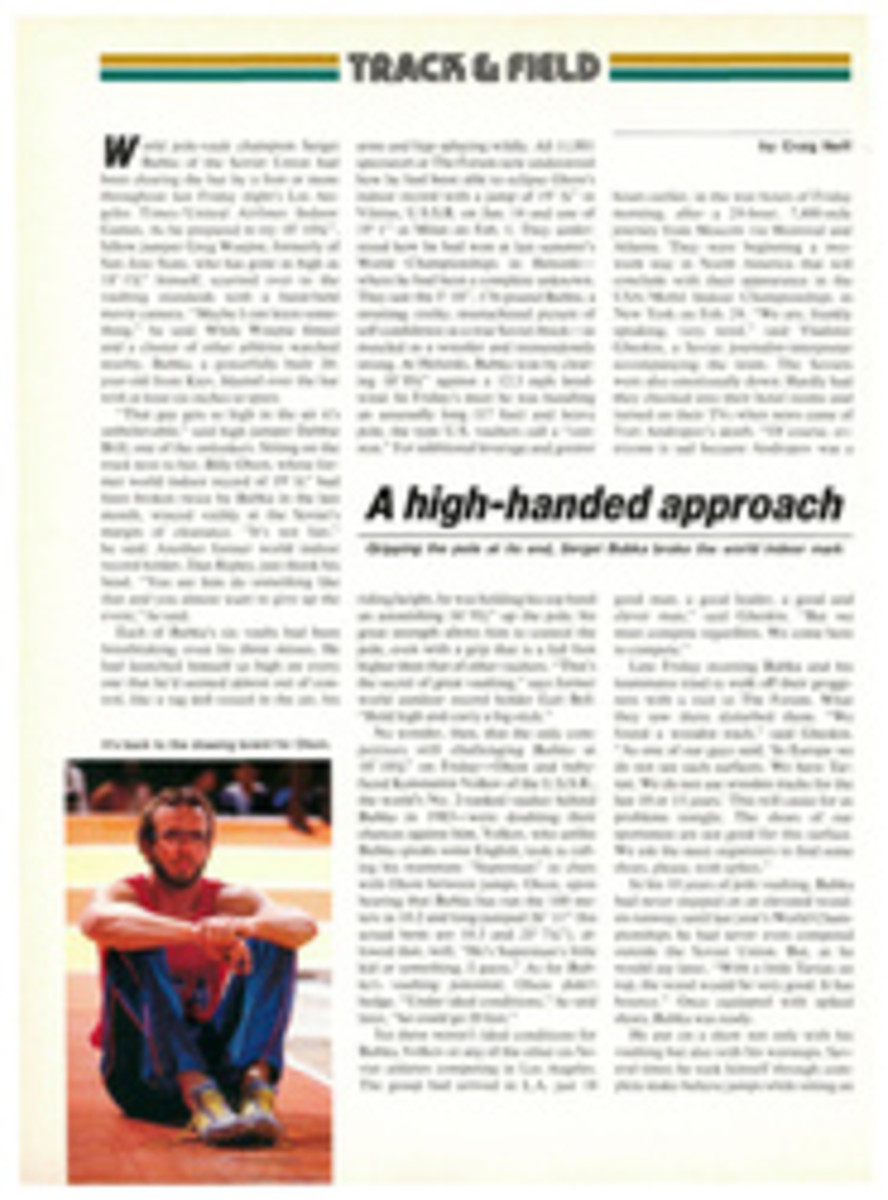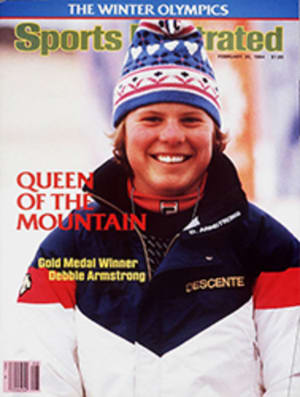
They Had The Cigar But Weren't Close
By winning gold and silver medals in the two-man bobsled at Sarajevo, East Germany put down, at least temporarily, a Russian revolution. Four years ago the U.S.S.R. had no Olympic bobsled team, but now it introduced a sled of a radical configuration, made in Riga but inspired by race car design. It is thinner and lighter than its bulbous rivals and widely described as "the one with the fins on the outside and Russians on the inside." In a straight line, it may have been the fastest sled at Sarajevo. Still, the best the Soviets could do was a third in the two-man competition, behind the more traditional East German sleds. "Their driving's not so good," said U.S. driving coach Stefan Gaisreiter. "They push good [the Soviets employ former track athletes as bobsledders], drive bad. With any of the normal sleds, no chance."
In truth their problem isn't primarily a human one but an engineering one, and a few hours with any race car designer might turn their sleds into hands-down winners. The Soviet sled's smooth undersides and slim cigarlike shape apparently were copied from Formula I race cars of the late '60s and early '70s. Those cars were rockets on the straightaways but, like the sleds, vicious and unpredictable in the corners. The Formula I teams first tried to correct that by bolting on wings and other devices in order to put more downforce on the wheels that did the steering. That's about where the Soviets are right now with their fins and front wings.
Then someone realized that while the overall shape of the Formula I cars was successful in wind tunnel testing, it didn't work on the road. The air could pass smoothly over the car but not beneath because it was being trapped between the the chassis and the road surface. This caused cars to actually lift on their suspensions, and because there was so little weight on the front wheels, there was little directional stability. When that fact was realized, race cars suddenly got a lot lower in front and some of them were also given skirts (now called spoilers or air dams) to skim along the road surface to keep air from going underneath. The air dams cut down straightaway speed slightly, but permitted drivers to take much more precise and consistent lines through corners.
The Soviet sleds and drivers are victims of the same "lift" effect. Actually, it's even worse because the sleds have a relatively complex steering/suspension system that takes up a good deal of room beneath the swoopy chassis. A lot of air is being crammed under the sleds, and that's why Soviet drivers coming down the run look like candidates for DWI citations. Stick air dams on the fronts of these sleds, angle the front wings to give some additional downforce and suddenly the Soviet drivers are going to come off looking like Jackie Stewart in his prime—and winning just about as many races.
TWO PHOTOS
Novel, stogie-shaped Soviet bobsleds were speedy—but erratic in the turns.
PHOTO
East Germany was one-two with more bulbous bobs.

